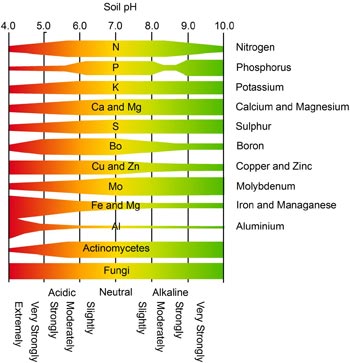Fragrant Flowers
Seeking Fragrance for Summer
By Ray Novitske, Fairfax Master Gardener
When starting out on this story, my first attempt was to identify the fragrant flowers you can grow at home. When consulting possible candidates, I found consensus in the same favorites showing up. These are the plants you already know and love. Rose, lilac, hyacinth, peony and lavender were at the top of everyone’s list. Jasmine and gardenia were also on many lists, but I would consider them as houseplants that spend the summers outdoors in our climate.
Lilacs and peonies bloom for a quick time and then they are gone until next year. You will not likely get any peony blooms on plants this year if purchased now unless you pay a fortune for a mature plant. Lilacs are shrubs that may take a few years to establish themselves before you can enjoy their sweet fragrance. Hyacinths are spring bulbs already finished for the year. Fragrant roses bloom now, and then trail off for the remaining summer, sporadically pushing out something if they are in the everblooming mood. Of course, the knockout roses will keep going somewhat with little fragrance. My story then took on a new purpose: to help you identify some fragrant plants that you can plant in your garden now that will bloom this summer and be used as cut flowers.

Tuberose
Tuberose
First on the list is Polianthes tuberosa or tuberose. This is an old plant that has been around for centuries and cultivated by pre-Columbian civilizations and the Aztecs in Central and South America. The Spanish conquerors took it with them when returning to Spain in the 16th century. It has been in cultivation so long that it is no longer found in the wild and is considered a ‘cultigen.’
Tuberose is an old fashioned Victorian and early 20th century favorite that is no longer in fashion. It is a plant grown from rhizomes and is a member of the agave family. Its grass-like leaves will give way to flower stalks in mid to late summer and will shoot up and produce clusters of white, waxy, funnel-shaped flowers. The tubular shaped flowers are intensely fragrant and have been used as an ingredient in perfumes.
The plant loves hot areas and appreciates hot afternoon sun. It grows well in well-drained garden soil and is considered a perennial in Zones 9 and 10. In our Zone 7 climate, it is best to dig up the tubers and store them over winter like gladiolus and dahlias.
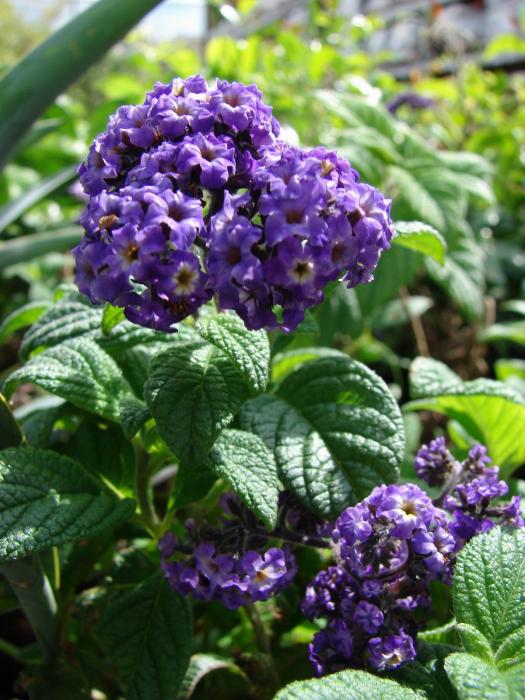
Heliotropium arborescens
Heliotrope
Heliotropium arborescens is also called the cherry pie flower because of its sweet scent. The good news for Fairfax County is that this plant flourishes in hot, dry summers, is drought and heat tolerant and are hated by deer. The tiny 1/4 inch flowers bloom in dense clusters of pink, white and lavender in addition to the deep purple your grandmother might have grown. Again, this is a plant that has been around for a time and just lost favor.
This is considered a tender perennial here but grows as a small shrub in other areas. It can overwinter in our area, but it is best to bring it inside if growing in a container or take cuttings for the following year. Yes, it does well in containers. Heliotrope needs at least six hours of sunlight to do well, preferring morning sunlight, and will reward you with sweet fragrant blossoms in mid to late summer. One note of caution: all parts of the plant are considered poisonous to humans and animals, although people will generally not die from its ingestion.
It readily blooms in the height of summer and can be cut and brought indoors to enjoy its sweet vanilla perfume.

Freesia
Freesia
The spicy fragrance of freesia can be enjoyed year round since it is excellent for forcing indoors during winter. When planted indoors in November, you can expect blooms in cold wintery January and February.
The South African native prefers rich soil and regular watering so do not let freesia dry out. They are considered a spring blooming perennial in warmer Zones 9 and 10, but here in Zone 7 they must be dug up in the fall and stored during winter indoors. They come in almost all color combinations. Most forms you will find for sale are hybrids giving you bigger and more numerous blooms than the native.
So, if you are considering something to plant and enjoy this summer, don’t overlook these fragrant, old fashioned beauties that can excite your olfactory senses, too.
References
• Heliotropium arborescens, North Carolina Extension Gardener Plant Toolbox
• Heliotropium arborescens, Make Mine Vanilla!, Dawn Pettinelli, University of Connecticut Home &
Garden Education Center
• Plant of the Week: Tuberose, Gerald Klingaman, University of Arkansas, Division of Agriculture,
Research and Extension
• Tuberoses: Fragrant Garden Antiques, William C. Welch, Texas A&M Extension
• Freesia—Freesia x hybrida Family Iridaceae, University of California, Statewide IPM Program
• Freesia x hybrida, Leonard Perry, University of Vermont
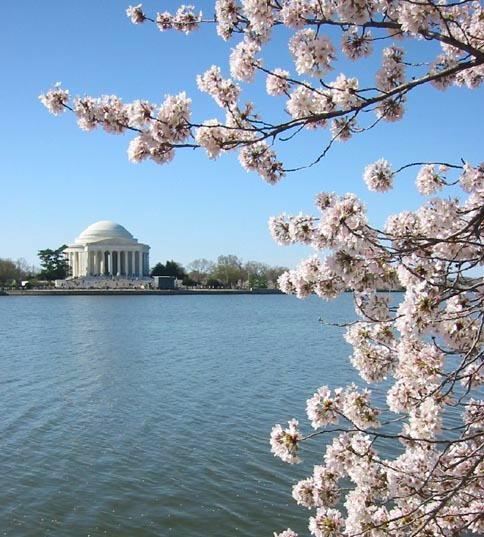 It’s March and our Metro DC weather is turning warmer. In our Washington, DC Metro Area, the sentinel event of late March and April is the blooming of our cherry blossoms. For a short 5- to 14-day period we marvel at the beauty of spring. In Japan, cherry trees are revered. For centuries every spring, the Japanese have celebrated festivals, called ‘hanami,’ flower viewing, a time to admire and celebrate the blossoms. Cherry blossoms symbolize the cycle of life, death and rebirth.
It’s March and our Metro DC weather is turning warmer. In our Washington, DC Metro Area, the sentinel event of late March and April is the blooming of our cherry blossoms. For a short 5- to 14-day period we marvel at the beauty of spring. In Japan, cherry trees are revered. For centuries every spring, the Japanese have celebrated festivals, called ‘hanami,’ flower viewing, a time to admire and celebrate the blossoms. Cherry blossoms symbolize the cycle of life, death and rebirth.
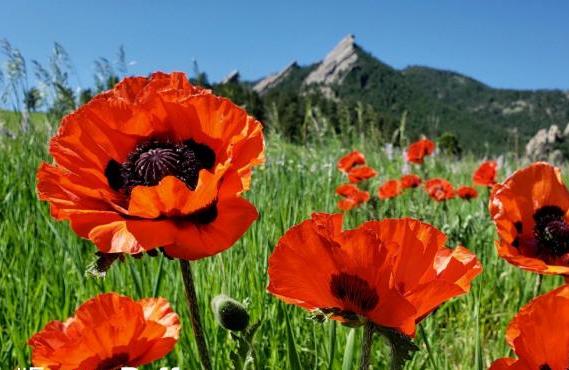


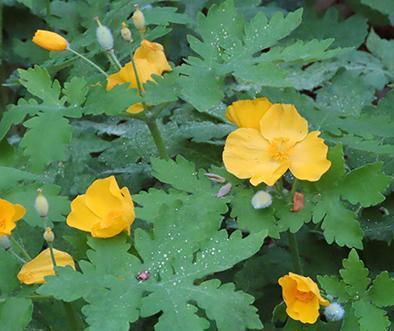


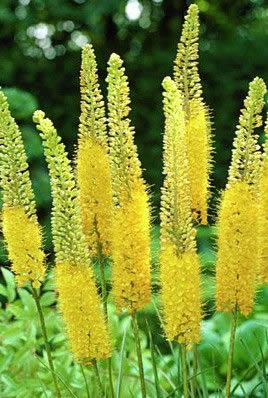
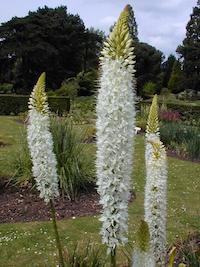
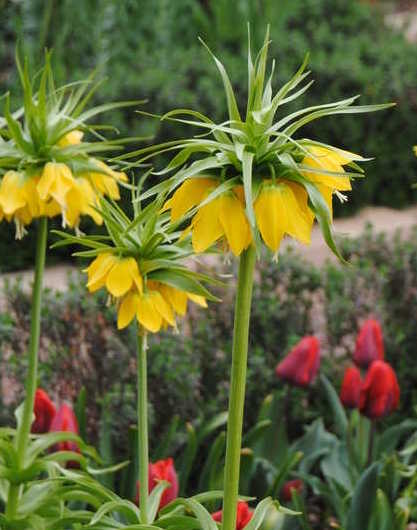
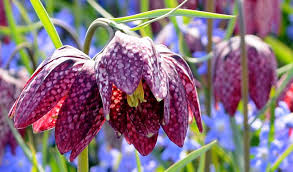

 “The bright colours of flowers are admired by the least intellectual but the beauty of form and texture requires a higher degree of mental perception, and a more cultivated intellect for its proper appreciation. Hence we regard the growing taste for the cultivation of ferns as proof of mental advancement.” From a fern catalogue issued in 1858 by fern nurseryman Abraham Stansfield; encomium by John Palmer
“The bright colours of flowers are admired by the least intellectual but the beauty of form and texture requires a higher degree of mental perception, and a more cultivated intellect for its proper appreciation. Hence we regard the growing taste for the cultivation of ferns as proof of mental advancement.” From a fern catalogue issued in 1858 by fern nurseryman Abraham Stansfield; encomium by John Palmer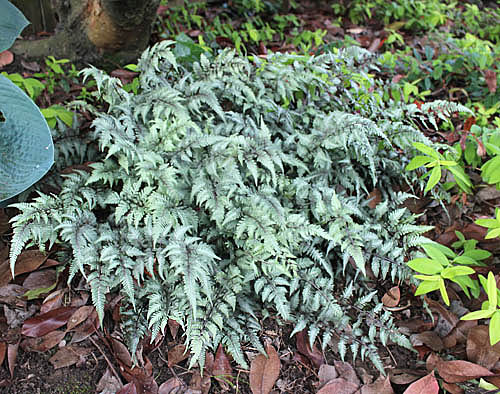
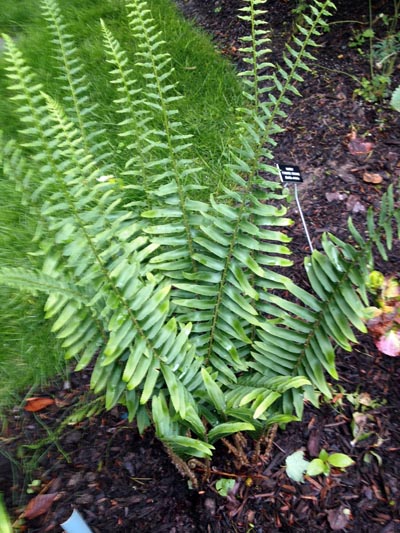
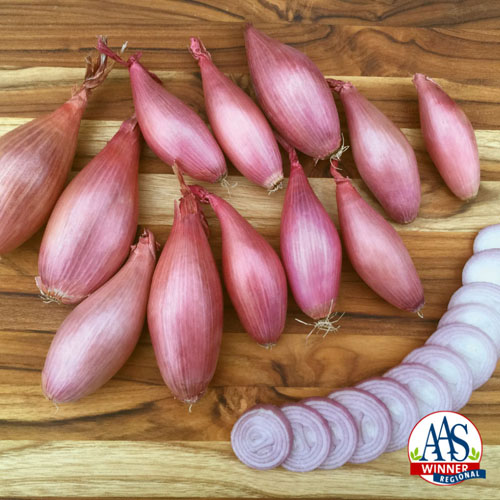
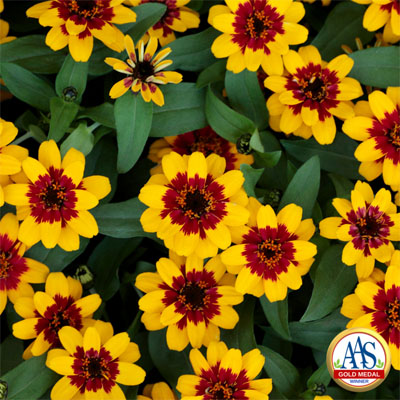
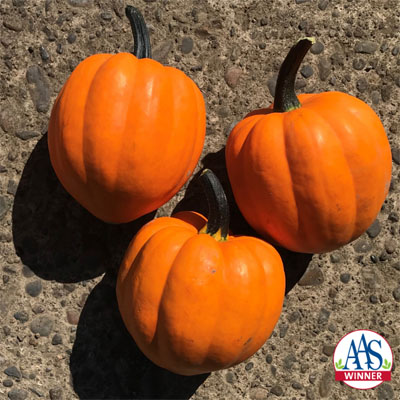
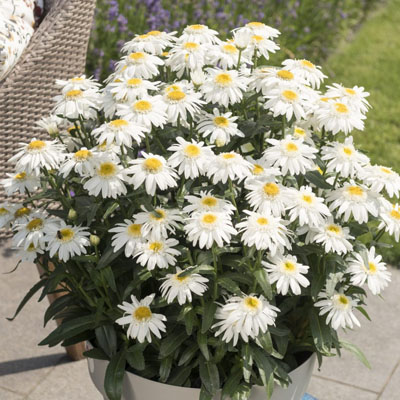
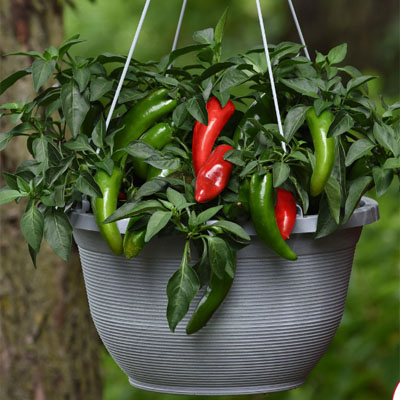
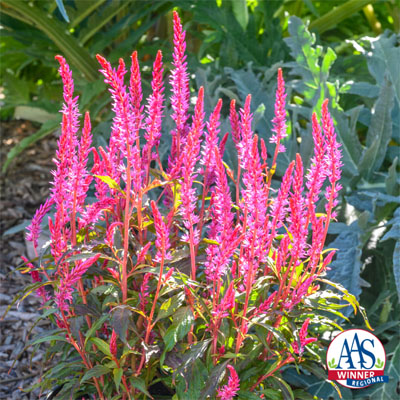

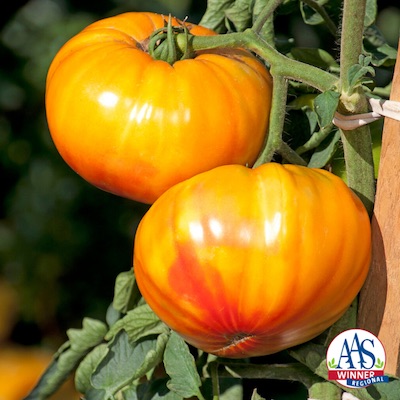
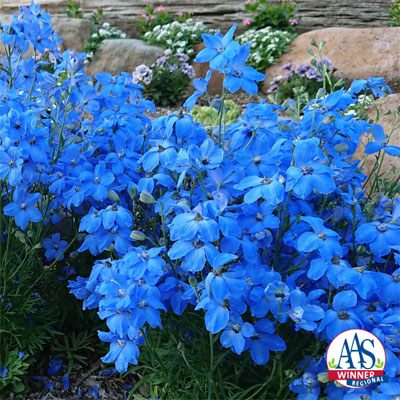
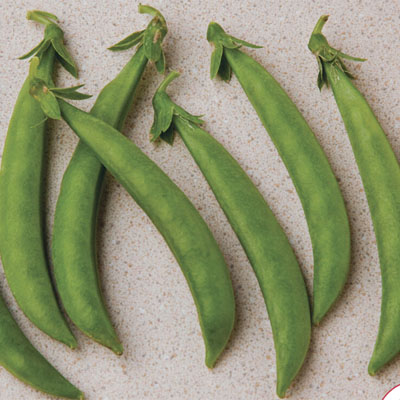
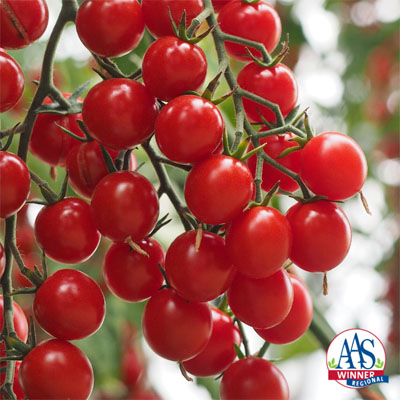
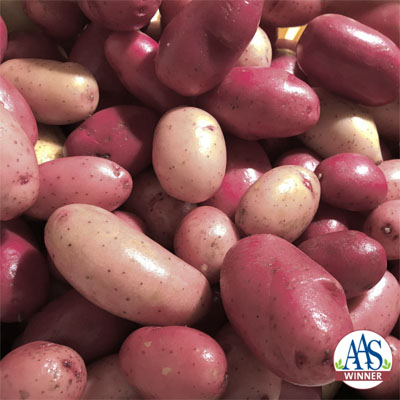

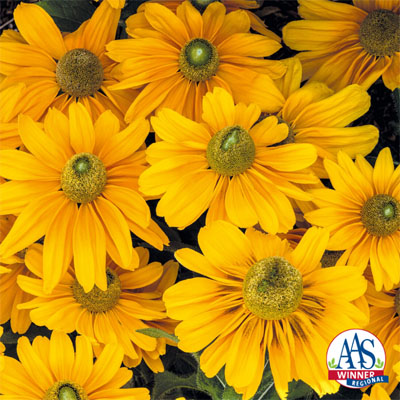
 Silverfish like to hang out in cool, damp, dark places throughout the year, and are especially fond of basements, sinks, and bathrooms. They can also be found outdoors under rocks, leaf litter and damp caves, and around their favorite food sources. They love to eat materials high in starches such as glue, cellulose and paper found in wallpaper and book bindings. They are not dangerous to humans, and are only considered a pest. This is especially true in libraries and museums where paper and books are stored.
Silverfish like to hang out in cool, damp, dark places throughout the year, and are especially fond of basements, sinks, and bathrooms. They can also be found outdoors under rocks, leaf litter and damp caves, and around their favorite food sources. They love to eat materials high in starches such as glue, cellulose and paper found in wallpaper and book bindings. They are not dangerous to humans, and are only considered a pest. This is especially true in libraries and museums where paper and books are stored. While reading Ray Novitske’s
While reading Ray Novitske’s  Then it was time to plant. The vegetables were placed in the garden, holes were dug and the veggies were planted. Cages were installed and secured with stakes. Watering was done. We were so proud with how it looked. The plants began to grow. One morning I went out and was met with pepper plants that had been nibbled on by a critter. That is where the wire we purchased came in handy. I wove it through the pepper cages. The next morning, I observed a very cute little bunny walking around the cages trying to get to the pepper plants. He was out of luck. Time passed and we began to see blossoms and then small vegetables appeared. Birds and small critters kept a close eye on the garden, and when the time was right, they were there to try the tomatoes.
Then it was time to plant. The vegetables were placed in the garden, holes were dug and the veggies were planted. Cages were installed and secured with stakes. Watering was done. We were so proud with how it looked. The plants began to grow. One morning I went out and was met with pepper plants that had been nibbled on by a critter. That is where the wire we purchased came in handy. I wove it through the pepper cages. The next morning, I observed a very cute little bunny walking around the cages trying to get to the pepper plants. He was out of luck. Time passed and we began to see blossoms and then small vegetables appeared. Birds and small critters kept a close eye on the garden, and when the time was right, they were there to try the tomatoes. Now to the zucchini, four plants. I read one time that the zucchini is God’s sense of humor plant. It either grows in abundance or not at all. If you were to plant one seedling, it will die, but if you plant many seedlings all with flourish. All four of my plants flourished. I stuffed zucchini, made the chocolate cake and made lots of zucchini bread. I shared with family, neighbors and coworkers. It is easy to give away the first tender “zuke” from your garden. Early on, they make great gifts, but late in the season if you arrive at your neighbor’s door or at your coworker’s desk with something in your hand, you are not welcomed.
Now to the zucchini, four plants. I read one time that the zucchini is God’s sense of humor plant. It either grows in abundance or not at all. If you were to plant one seedling, it will die, but if you plant many seedlings all with flourish. All four of my plants flourished. I stuffed zucchini, made the chocolate cake and made lots of zucchini bread. I shared with family, neighbors and coworkers. It is easy to give away the first tender “zuke” from your garden. Early on, they make great gifts, but late in the season if you arrive at your neighbor’s door or at your coworker’s desk with something in your hand, you are not welcomed.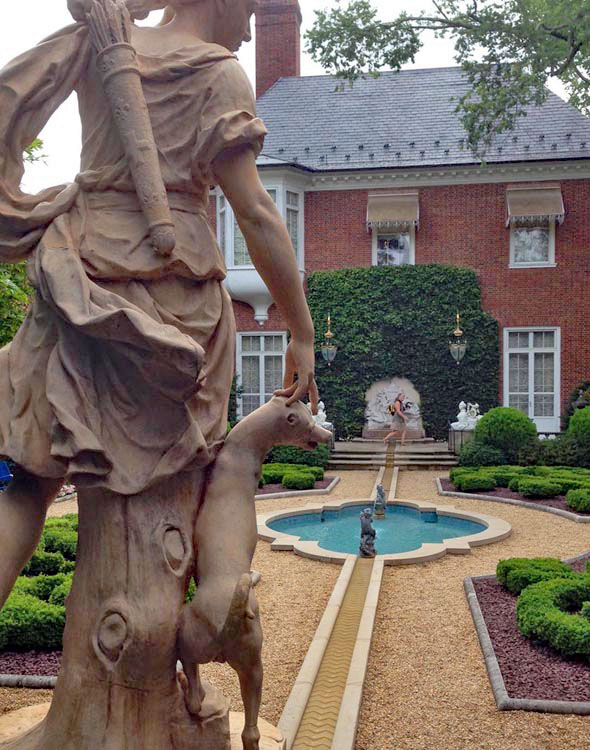

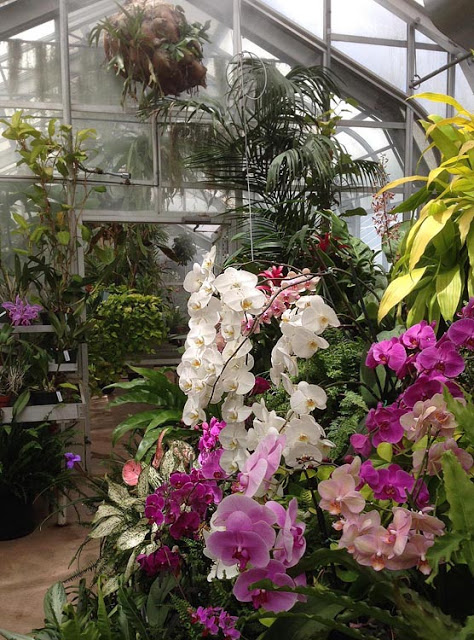
 As young kids, how many of us spent many a summer day playing in dirt? I can’t recollect the precise activities this entailed except that it was definitely “hands on” and probably involved digging with play tools or maybe using a Tonka Truck or two. All that play time didn’t make most of us soil scientists, but we sure had fun. As gardeners, whatever our level, we still play in dirt, but now it’s to grow great and productive plants, whether they be vegetables, ornamentals, shrubbery or even turfgrass.
As young kids, how many of us spent many a summer day playing in dirt? I can’t recollect the precise activities this entailed except that it was definitely “hands on” and probably involved digging with play tools or maybe using a Tonka Truck or two. All that play time didn’t make most of us soil scientists, but we sure had fun. As gardeners, whatever our level, we still play in dirt, but now it’s to grow great and productive plants, whether they be vegetables, ornamentals, shrubbery or even turfgrass.
